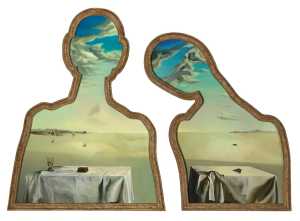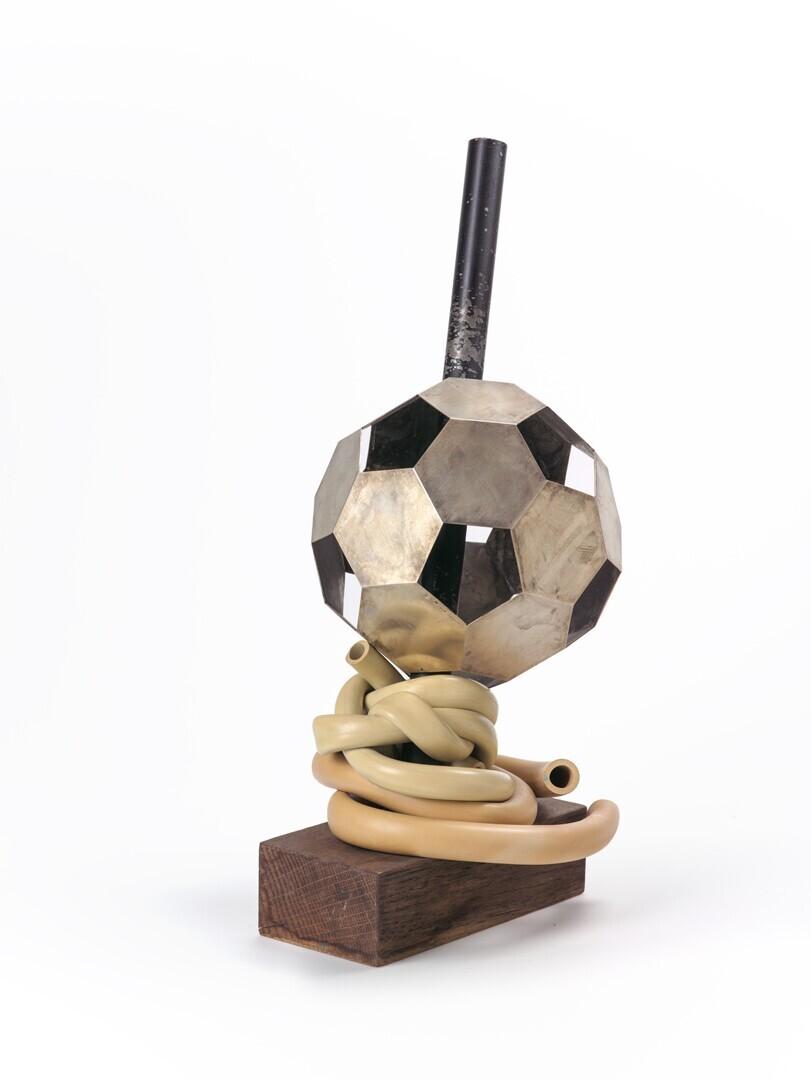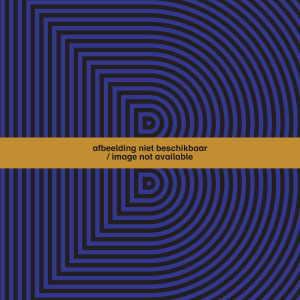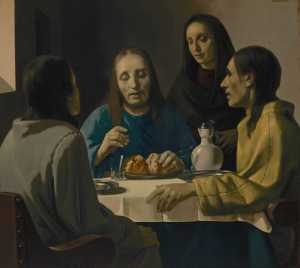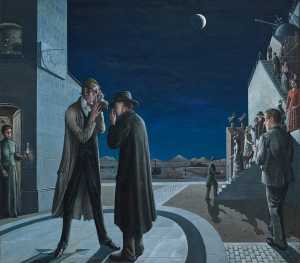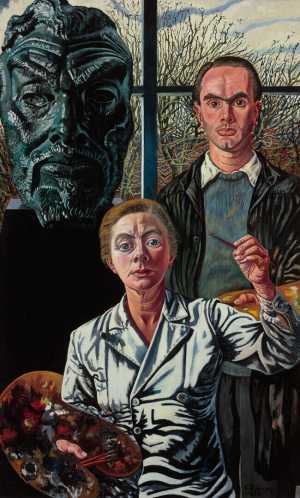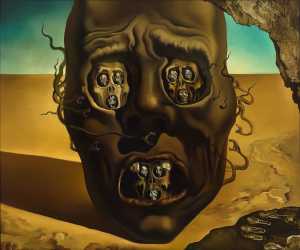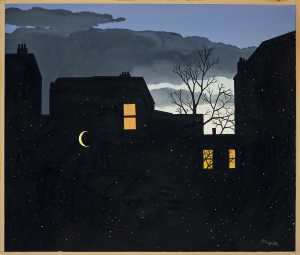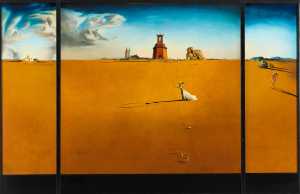Specifications
| Title | Non-Euclidean Object |
|---|---|
| Material and technique | Wood, metal, rubber |
| Object type |
Multiple
> Three-dimensional object
> Art object
|
| Location | This object is in storage |
| Dimensions |
Height 47,8 cm Width 24,5 cm Depth 16,5 cm |
|---|---|
| Artists |
Artist:
Man Ray
|
| Accession number | BEK 1936 a-b (MK) |
| Credits | Aankoop Stichting Fonds Willem van Rede. In permanent bruikleen van de Rijksdienst voor het Cultureel Erfgoed, 2014 |
| Department | Modern Art |
| Acquisition date | 2014 |
| Creation date | in 1932 (1973) |
| Collector | Collector / W. van Rede |
| Entitled parties | © Man Ray Trust / ADAGP, c/o Pictoright Amsterdam 2018 |
| Provenance | Private collection; The Mayor Gallery, London |
| Exhibitions | Paris 1933a*; New York 1945a*; New York 2009-10; Frankfurt 2011; Rotterdam 2017b |
| Internal exhibitions |
Surrealism and Beyond (2016) Collectie - surrealisme (2017) |
| External exhibitions |
Dal nulla al sogno (2018) Dalí, Magritte, Man Ray and Surrealism. Highlights from Museum Boijmans Van Beuningen (2023) Surrealist Art - Masterpieces from Museum Boijmans Van Beuningen (2021) Only the Marvelous is Beautiful (2022) A Surreal Shock – Masterpieces from Museum Boijmans Van Beuningen (2021) A Surreal Shock. Masterpieces from Museum Boijmans Van Beuningen (2023) |
| Research |
Show research A dream collection - Surrealism in Museum Boijmans Van Beuningen |
| Literature | Paris 1933*, unpaged; New York 1945, unpaged; Man Ray/Martin 1983, pp. 52, 144; Frankfurt 2011, p. 202 (as Found Object – Non-Euclidian Object I) |
| Material | |
| Object |
Do you have corrections or additional information about this work? Please, send us a message




